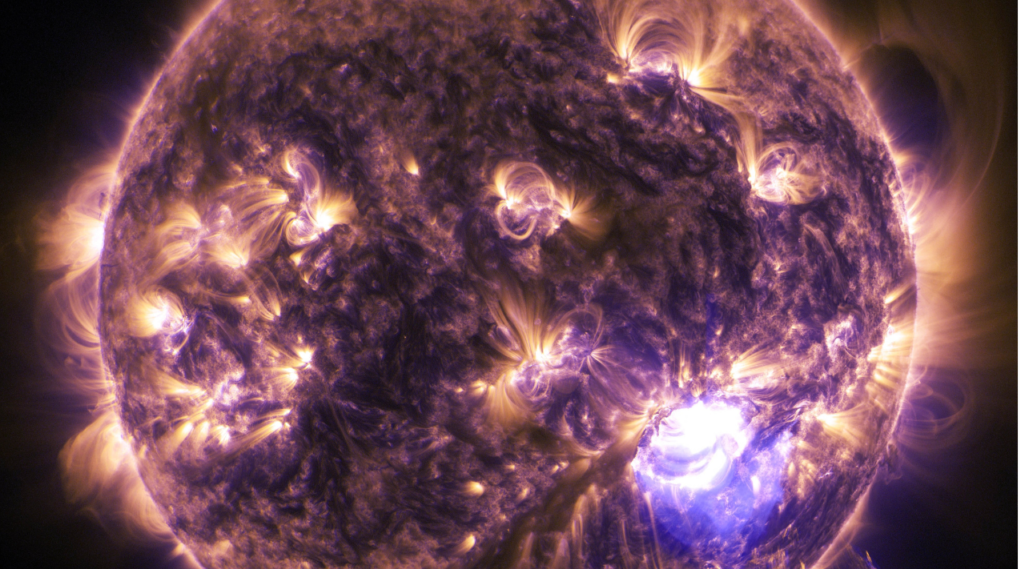
Maurício da Silva Baptista is Titular Professor and Head of the Department of Biochemistry at the University of São Paulo (USP), is a member of the Academy of Sciences of the State of São Paulo, and the board of directors of the American Society for Photobiology (ASP). He is one of the authors of the article “The Glycolysis-derived α-Dicarbonyl Metabolite Methylglyoxal is a UVA-photosensitizer Causing the Photooxidative Elimination of HaCaT Keratinocytes with Induction of Oxidative and Proteotoxic Stress Response Gene Expression”, published in Photochemistry and Photobiology, in 2022.
Abstract: Cellular oxidative stress contributes to solar ultraviolet (UV) radiation-induced skin photoaging and photocarcinogenesis. Light-driven electron and energy transfer reactions involving non-DNA chromophores are a major source of reactive oxygen species (ROS) in skin, and the molecular identity of numerous endogenous chromophores acting as UV-photosensitizers has been explored. Methylglyoxal (MG), a glycolytic byproduct bearing a UV-active α-dicarbonyl-chromophore, is generated under metabolic conditions of increased glycolytic flux, associated with posttranslational protein adduction in human tissue. Here, we undertook a photophysical and photochemical characterization of MG substantiating its fluorescence properties (Stokes shift), phosphorescence lifetime, and quantum yield of singlet oxygen (1O2) formation. Strikingly, upon UV-excitation (290 nm), a clear emission (around 490 nm) was observed (phosphorescence-lifetime: 224.2 milliseconds). At micromolar concentrations, MG acts as a UVA-photosensitizer targeting human HaCaT-keratinocytes inducing photooxidative stress and caspase-dependent cell death substantiated by zVADfmk-rescue and Alexa-488 caspase-3 flow cytometry. Transcriptomic analysis indicated that MG (photoexcited by noncytotoxic doses of UVA) elicits expression changes not observable upon isolated MG- or UVA-treatment, with upregulation of the proteotoxic (CRYAB, HSPA6) and oxidative (HMOX1) stress response. Given the metabolic origin of MG and its role in human pathology, future investigations should address the potential involvement of MG-photosensitizer activity in human skin photodamage.
Authors: Lohanna de Faria Lopes, Jana Jandova, Rebecca Justiniano, Jessica Perer, Maurício S. Baptista, Georg T. Wondrak.
Share